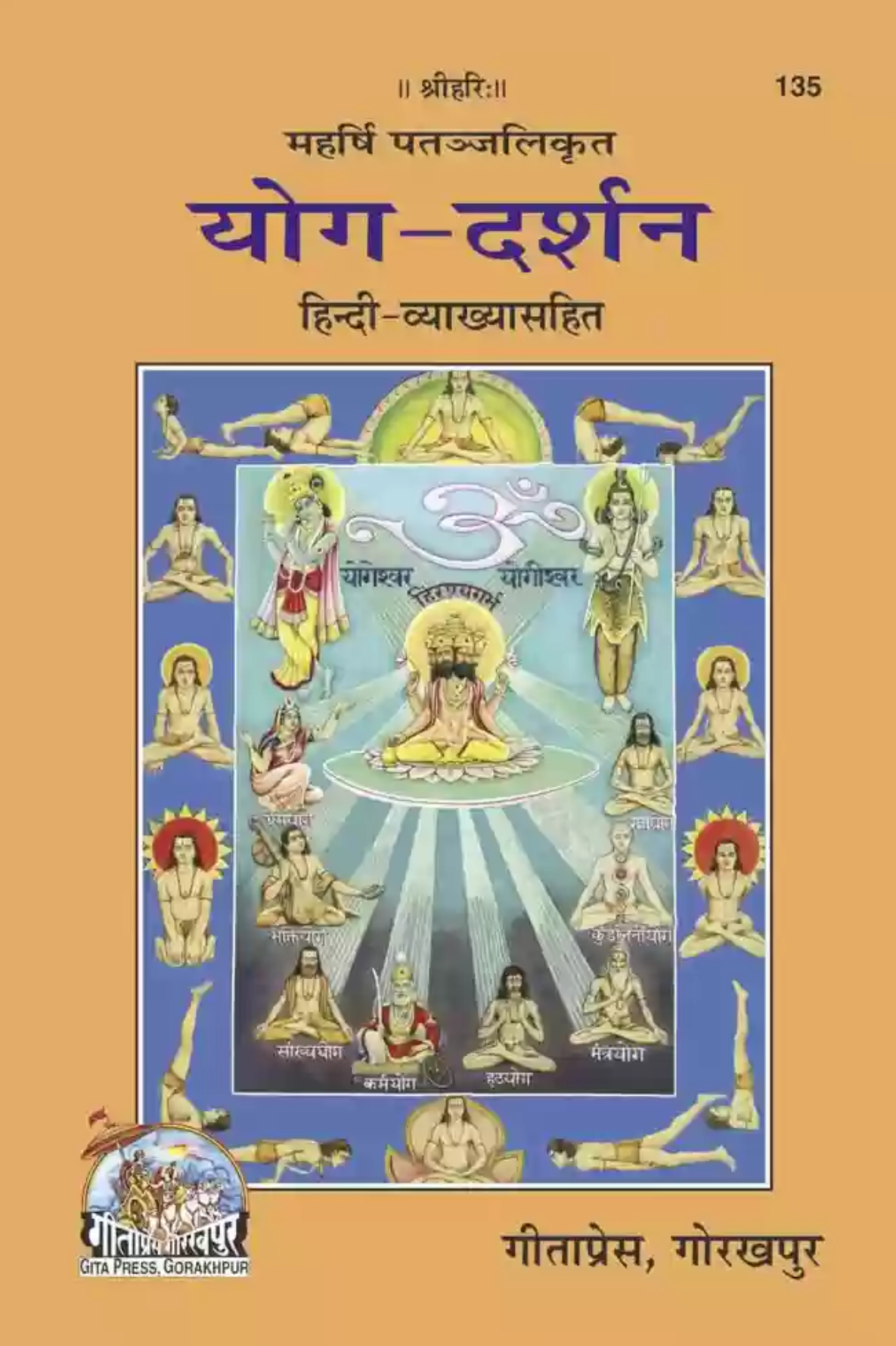Author: Sage Patanjali
Sage Patanjali is a revered figure in Indian philosophy and spirituality, best known for his foundational contributions to the system of Yoga and for his work on Sanskrit grammar. His profound insights and teachings have had a lasting impact on the fields of Yoga, linguistics, and Ayurveda.
Life and Legacy
Historical Context:
- The exact dates of Patanjali’s life are not definitively known, but he is generally believed to have lived between the 2nd century BCE and the 2nd century CE. Patanjali’s works indicate a deep understanding of existing philosophical and linguistic traditions, suggesting he lived during a time of rich intellectual activity.
Major Works
Patanjali is traditionally credited with three major works:
- Yoga Sutras:
- The Yoga Sutras of Patanjali is a seminal text in the philosophy and practice of Yoga. This work is composed of 196 aphorisms (sutras) that succinctly outline the theory and practice of Yoga.
Key Concepts:
- Ashtanga Yoga: The Eightfold Path (or eight limbs) of Yoga, which includes Yama (ethical disciplines), Niyama (self-observances), Asana (postures), Pranayama (breath control), Pratyahara (withdrawal of the senses), Dharana (concentration), Dhyana (meditation), and Samadhi (state of perfect absorption).
- Chitta Vritti Nirodha: The central theme of the Yoga Sutras, which is the cessation of the fluctuations of the mind to achieve a state of pure consciousness.
- Kriya Yoga: The Yoga of action, involving practices of discipline, self-study, and devotion to a higher power.
- Mahabhashya:
- The Mahabhashya (Great Commentary) is an extensive commentary on Panini’s Ashtadhyayi, the foundational text of Sanskrit grammar. Patanjali’s Mahabhashya is a critical work that provides clarity and elaboration on Panini’s rules.
Key Contributions:
- Linguistic Analysis: Patanjali’s commentary addresses complex grammatical rules and offers solutions to linguistic ambiguities.
- Philosophical Insights: The Mahabhashya is not only a grammatical treatise but also offers philosophical reflections on language and communication.
- Charaka Samhita (Attribution Disputed):
- While some traditions attribute portions of the Charaka Samhita, a key text in Ayurveda (ancient Indian medicine), to Patanjali, this attribution is widely debated among scholars. Regardless, Patanjali’s influence on Ayurveda is acknowledged through his emphasis on holistic health and well-being.
Philosophical and Spiritual Contributions
Yoga Philosophy:
- Patanjali’s Yoga Sutras provide a comprehensive guide to the practice and philosophy of Yoga, emphasizing the importance of mental discipline, ethical living, and spiritual growth. The Eightfold Path of Yoga serves as a practical framework for achieving physical, mental, and spiritual well-being.
Linguistics and Grammar:
- In the Mahabhashya, Patanjali’s detailed analysis of Panini’s grammar showcases his profound understanding of the structure and function of language. His work has been instrumental in preserving and systematizing the Sanskrit language.
Influence and Legacy
Yoga Tradition:
- Patanjali is often regarded as the “father of Yoga,” and his Yoga Sutras remain a central text for Yoga practitioners and scholars worldwide. His teachings continue to inspire and guide the practice of Yoga, fostering a deeper understanding of the mind-body connection.
Sanskrit Grammar:
- Patanjali’s contributions to Sanskrit grammar have been foundational in the study of linguistics. His Mahabhashya remains a critical reference for scholars of Sanskrit and has influenced linguistic studies in other languages as well.
Cultural Impact:
- Patanjali’s influence extends beyond the realms of Yoga and grammar. His holistic approach to health, ethics, and spirituality has permeated various aspects of Indian culture and philosophy. His works are studied and revered not only in India but also across the globe.
Conclusion
Sage Patanjali’s profound contributions to Yoga, linguistics, and holistic health have left an indelible mark on Indian philosophy and spirituality. His teachings continue to inspire countless individuals on their journeys toward self-discovery, mental clarity, and spiritual enlightenment. Through his timeless works, Patanjali has ensured that the wisdom of ancient India remains relevant and accessible to future generations.






